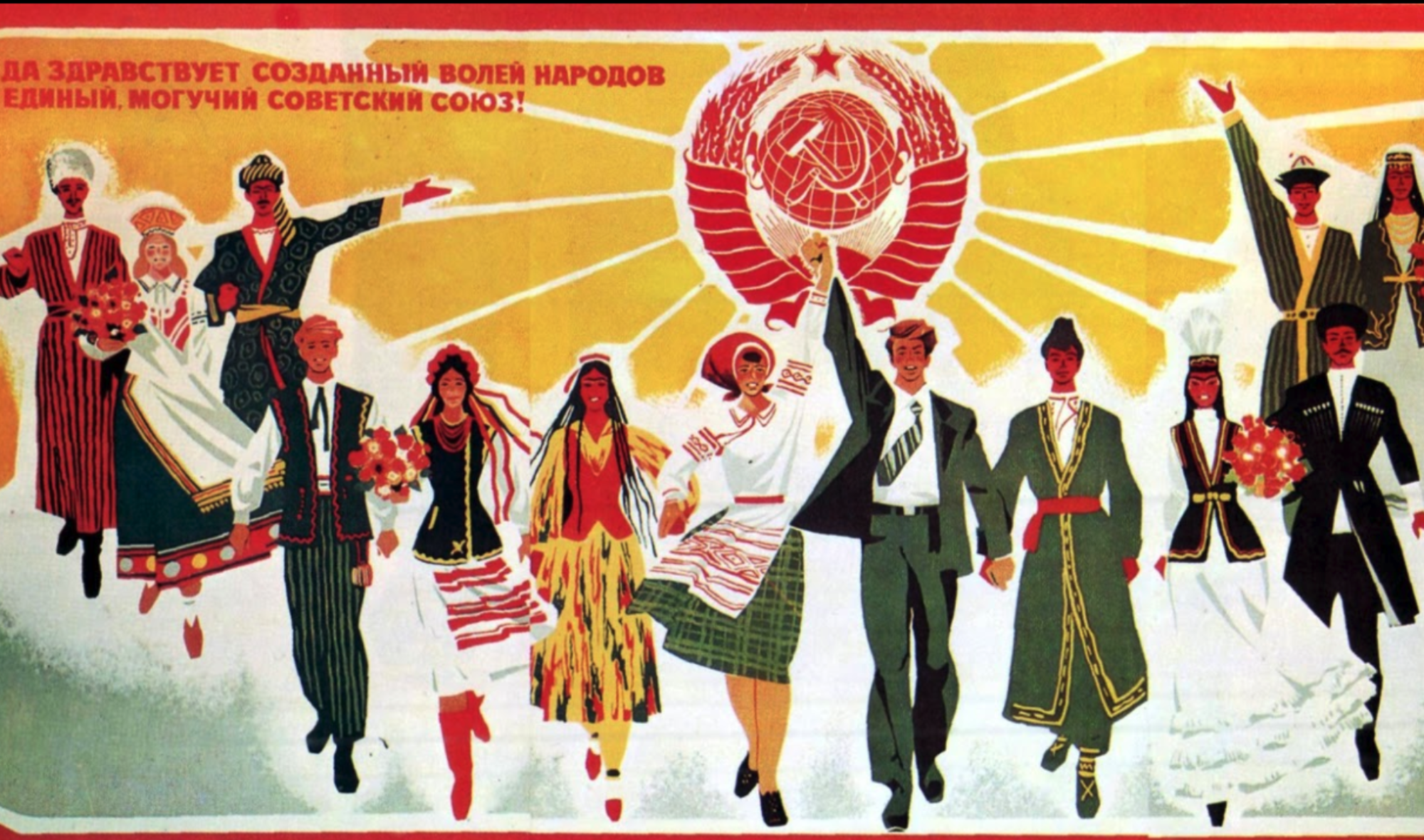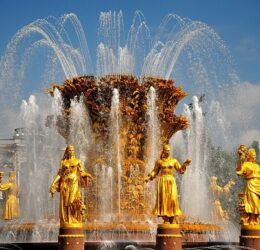Like we talked about like in last class, we see the Soviet Union building other things or stuff that is not necessary to build. In last class we saw them building wider roads which meant destroying residential homes. This quote yet again shows, Stalin and the Soviet Union using old pre-war buildings to re-industrialize the country. I see many things wrong about this, for one this is not going to help or benefit the people of Tashkent. Secondly, wouldn’t it make more sense for the Soviet Union to invest in schools and training places? If you think about it the, Stalin is only hurting himself and the quality of the regime. The quality of work will not be the same as it was before the War. In the Long run, this would solve lots of headaches for when Uzbeks needed to be trained. I think it would have been beneficial for the Soviet Union to invest time snd money, so that workers are well educated so that they don’t have to worry about wasting more time to train them.
“Training new Uzbek workers was not an easy task in the late 1940s. Tashkent was transformed into an industrial center, but, as previously mentioned, its schools, universities, and training institutes lost their facili-ties, equipment, and best teachers during the war. In the postwar years, the pressing need to keep production going meant that buildings were not re-turned to their original use. Postwar schools were both crowded and un-evenly distributed throughout the city.”
MLA (Modern Language Assoc.)
Paul Stronski. Tashkent : Forging a Soviet City, 1930–1966. University of Pittsburgh Press, 2010.
APA (American Psychological Assoc.)
Paul Stronski. (2010). Tashkent : Forging a Soviet City, 1930–1966. University of Pittsburgh Press.

